“What is that?” I exclaimed, pointing at the black thing that sat atop a tall stem. “Black thing” was the best way I could describe it, though perhaps some avid gardeners would refer to it as deep purple. Not me! It definitely was black. With two wide flower petals flattened back like wings around what looked like whiskers, the “black thing” looked strangely like a bat instead of a flower. I hated bats. I know they serve their purpose, but growing up in a haunted house full of ghosts and bats, I wasn’t one to enjoy their presence. Let alone enjoy a flower that looked like a bat.
Surprisingly, or not so much, my friend informed me, “It’s a bat flower.” Noticing my look of disbelief, she smiled knowingly and said, “Really. It’s a black bat flower. Tacca chantrieri if you want to get really technical.”
I suppose I shouldn’t be surprised to find a bat flower in my friend’s garden. She loved Halloween and everything that spookily looked like Halloween. But it was a long time until Halloween, and here was this spookily, bat-look-alike thing growing in her garden.
“It’s like an orchid,” she added. I wasn’t so sure. A flower called a bat? And one that actually looked like a bat? I had to admit, it was unusual. Not one I would choose for my garden. But it certainly would make a good conversation piece. And I was even more skeptical that it was “like an orchid,” as my friend explained.
I looked closer, studying the black bracts (which are really leaves, though they resemble flower petals) that stretched out, eerily, like bat wings. Indeed, the entire flower was somewhat bat-shaped. The bracts stretched out to almost 12 inches across, like the wings of a bat in flight. And there were long whiskers, thread-like bracteoles, about 8 inches long, poking out of the center ovule, just below the stigma. Very bizarre.
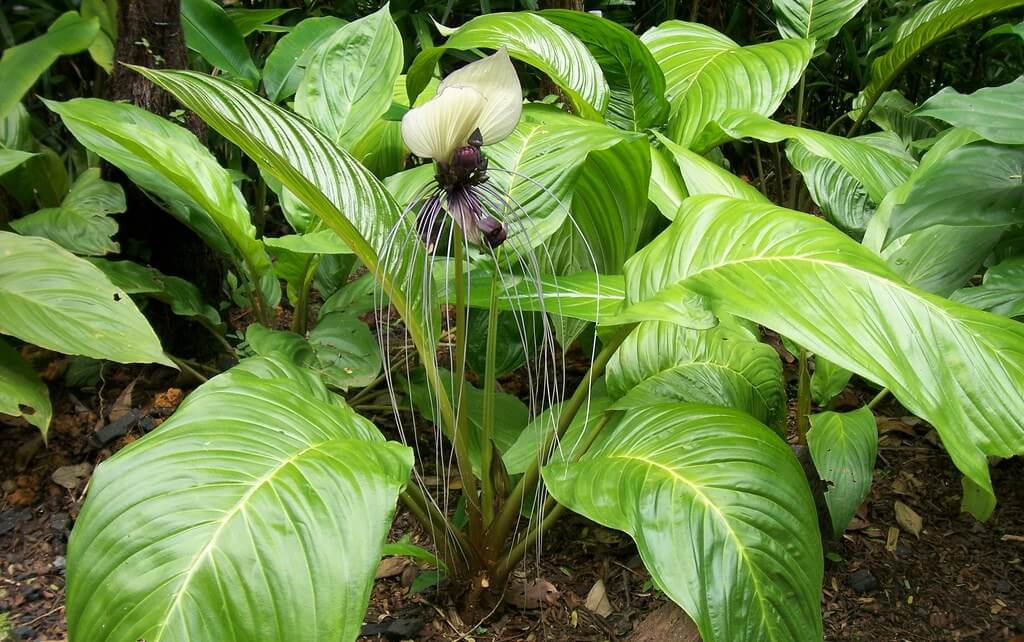
I moved away from the bat flower and decided to do my own research later. Which I did. I discovered a wealth of information. The genus, Tacca, of which Tacca chantrieri (or black bat flower) belongs, has 10 species, including Tacca integrifolia, or a white bat flower.
The flower looks the same except for the coloring. The white bat flower has white bracts with purple veins, and it’s larger than the black bat flower. Quite a bit larger, actually, as it can grow up to 4 feet tall, almost twice the size of the black bat flower which only grows up 1-3 feet tall.
The coloring of the black bat flower also varies. It may be black (hence the name), dark purple or even maroon, bronze, brown and green.
Related Post: Homestead Stories: Skeleton Flowers
Bat Flower Growing Conditions
Native to the tropical regions of southeast Asia—Thailand, Malaysia, and southern China—the bat flower does well in hot, humid climates like Florida. They don’t do well in greenhouses due to the lack of air circulation (they appreciate a little bit of a breeze), and they don’t like the direct sun, preferring at least 60 percent shade.
Like orchids, bat flowers prefer well-drained soil with good air circulation, high humidity and lots of water. Also, like orchids, the flowers should be left on the stem to decline and drop naturally. Bat flowers do not appreciate being cut off the plant, and they won’t survive in a cut-flower arrangement. Best to leave it in the garden as a conversation piece. It is, after all, a collector’s plant. Due to its many unique qualities, it is often difficult to find in garden centers. So, if you have one, treasure it.
Propagating Bat Flowers
Propagation isn’t difficult, but it does take time and patience. Bat flowers can be propagated by dividing the rhizome and tuber or by collecting the seed. You have to watch carefully for the seeds. You don’t want to harvest seeds too soon. Healthy seeds will only appear when the seed-filled capsule matures naturally and splits while still on the plant.
This could take up to 18 months. And germination of the collected seed may last nearly 12 months. Dividing the rhizome and tuber is best done in the early spring when repotting before it starts its growing season.
The mature bat flower will bloom after it has produced at least two leaves. Once it blooms, it will repeatedly bloom up to eight times in a season, producing six to 12 flower stems during its growing period. It usually blooms from late spring to early fall. If you live in a northern growing zone, it can be successfully grown indoors, as long as the place where you try to grow the bat flower has plenty of air circulation and not too much sunlight.
Caring For Bat Flowers
Bat flowers don’t attract pests, other than the usual, bothersome snails and slugs, and there are no known ailments that affect their well-being. However, if grown indoors in a pot, they can suffer the same ailment as orchids: becoming root-bound. This will stunt its growth, and the leaves will wither and die (if they grow at all).
Related Post: Homestead Stories: The Monkey Orchid
Fertilize the bat flower with an orchid fertilizer bi-weekly and mist it when watering. Should it show signs of being root-bound, repot it with fresh soil, after the flowers have dropped off. It’s usually a good idea to repot bat flowers in fresh soil every year.
Medicinal And Edible Uses
Other than a conversation piece, bat flowers can have their uses. Or so some claim. Herbalists might use the entire plant or just the root to make remedies for internal bleeding, diarrhea, digestive ailments, dysentery, swelling, and wounds.
Although it has a bitter taste, the bat flower does contain several nutrients: calcium, carbohydrate, iron, niacin, phosphorus, protein, riboflavin and starch. It is advised to abstain from using bat flower remedies during pregnancy or while breastfeeding. With such a spooky, creepy appearance, it’s not unexpected for the black bat flower to have some myths attached to it. Folklore says that you shouldn’t look at the plant too much or you’ll have an evil eye stalk you.
Since I love my orchids, the thought of introducing a black bat flower, or even a white bat flower for that matter, to my garden is not totally unappealing. However, since I have never liked bats, I think I’ll just enjoy looking at the conversation piece in my friend’s garden.


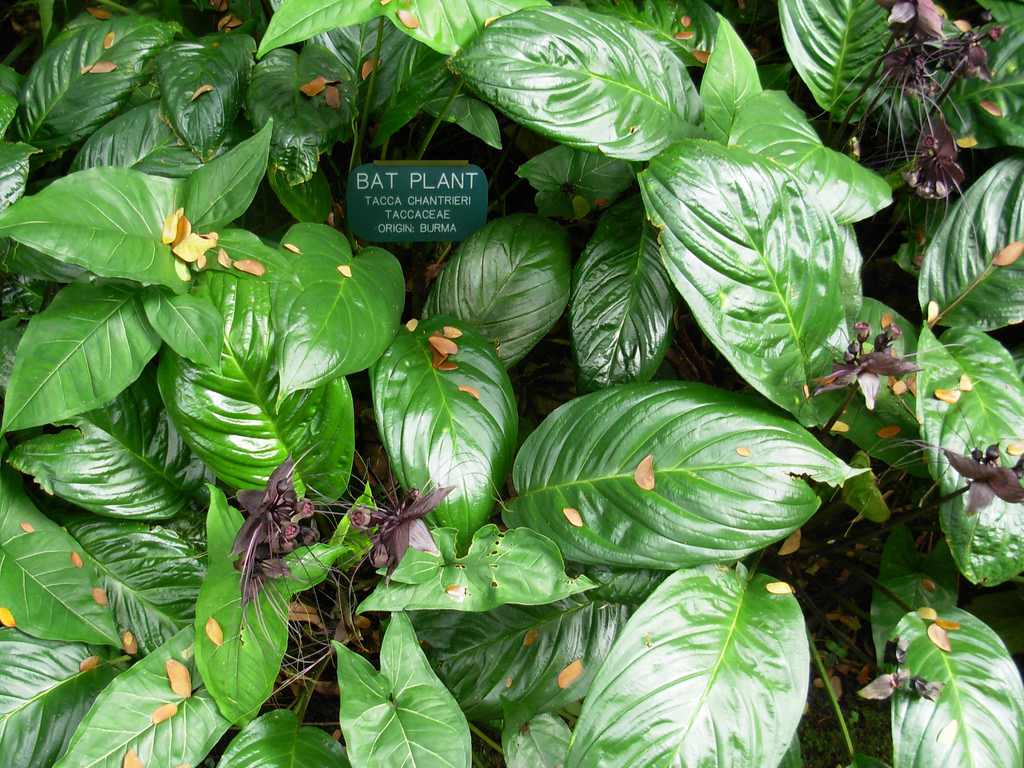
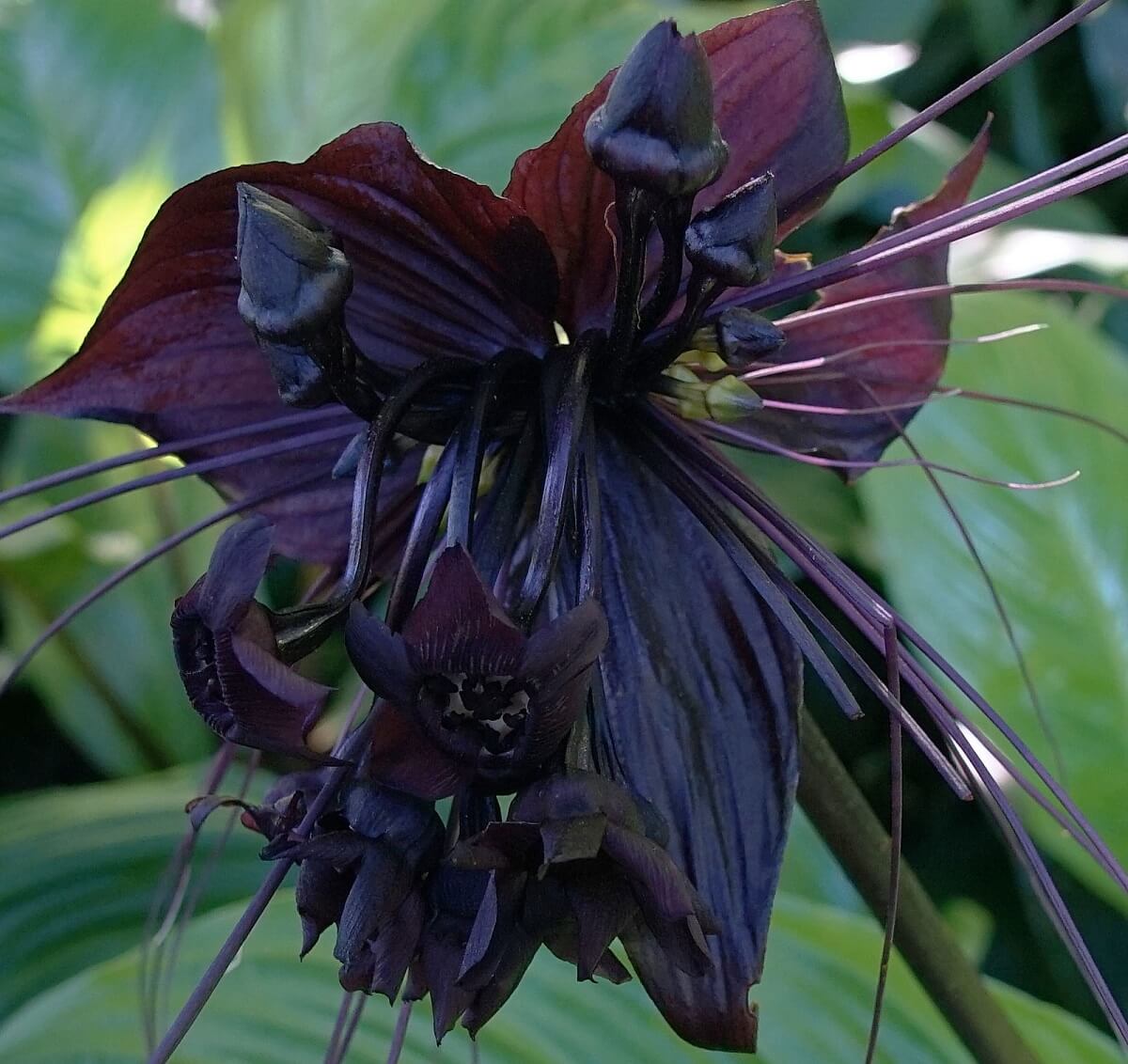

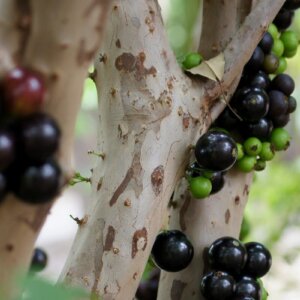


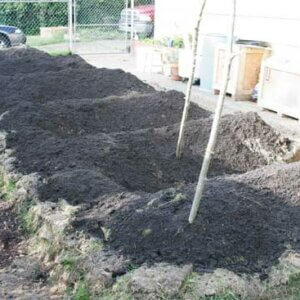

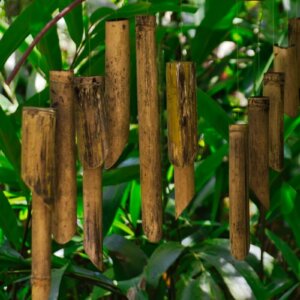
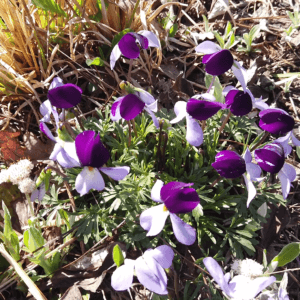

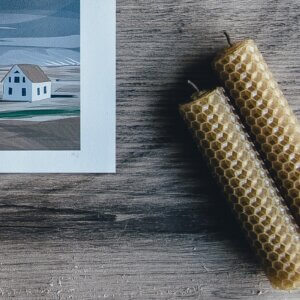
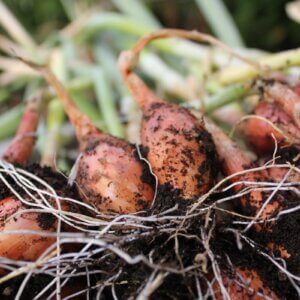
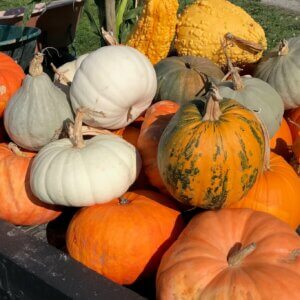

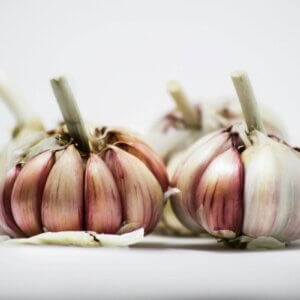




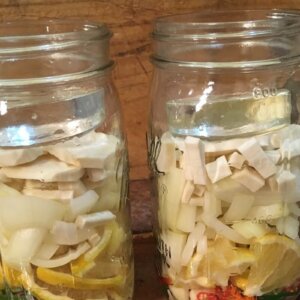


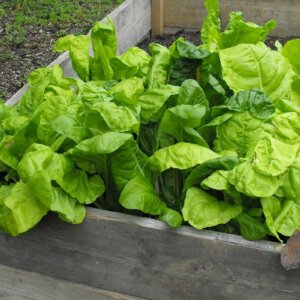




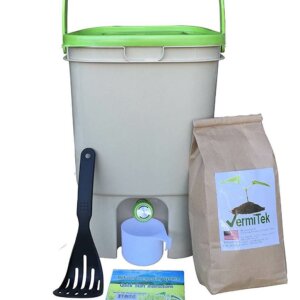
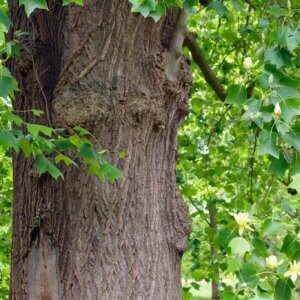


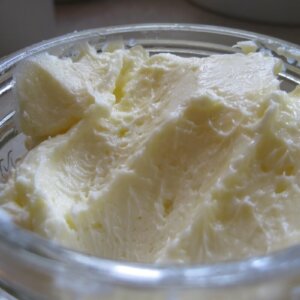


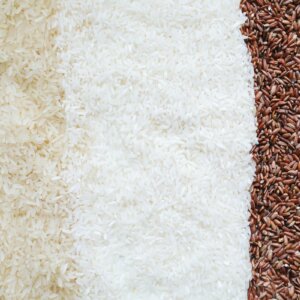


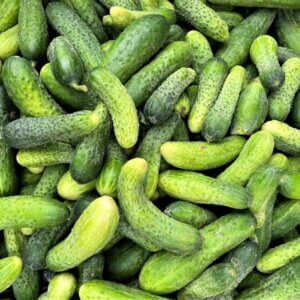

Where do you live as i have 2 white bat flowers but would love to have a black 1 i dont want seeds.
Thanks Yvonne
I have a pot with lots of pups. Today I am repotting and dividing. I feel very lucky to have one. I found your article very helpful. Thank you